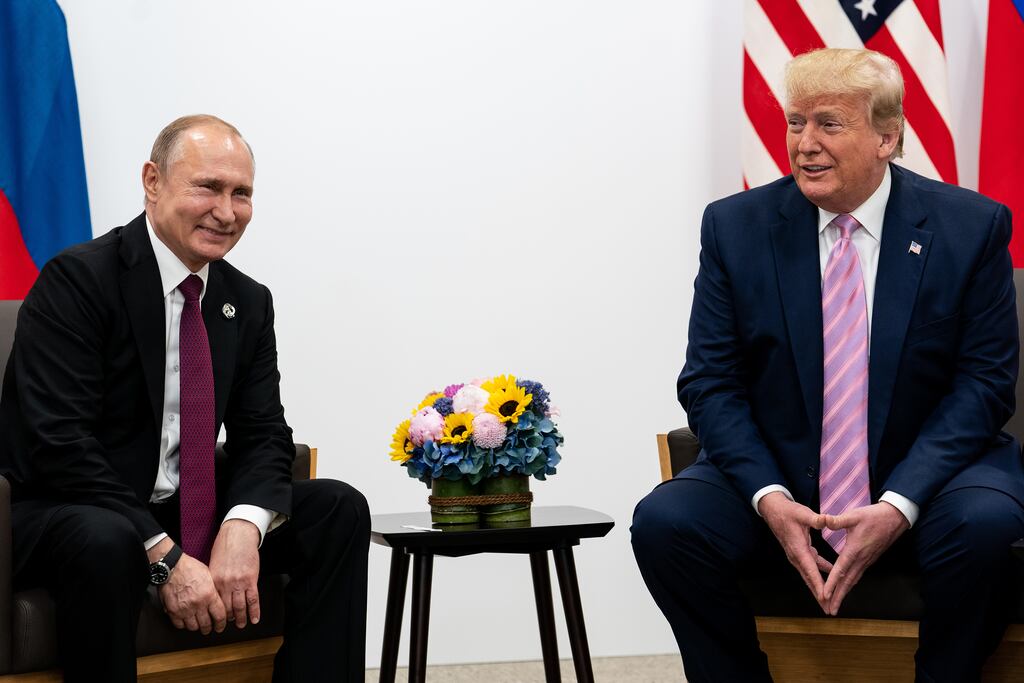In America Last, Jacob Heilbrunn explores the long tradition of authoritarianism within the American Right. For over a century, whether in Kaiser Wilhelm’s Germany, Mussolini’s Italy, Augusto Pinochet’s Chile or today in Vladimir Putin’s Russia and Viktor Orban’s Hungary, intellectuals, politicians and businessmen on the right have sought to emulate in the US the authoritarian utopias they have admired in fascist states abroad.
Heilbrunn traces how this authoritarian tradition long persisted in the margins of conservative thinking, until the election of Donald Trump marked its breakthrough into the mainstream of American politics. America Last vividly illustrates how, far from being creative or original, Trump has simply adopted wholesale the racist, misogynist, isolationist and Christian nationalist positions trumpeted by a motley cast of long-dead, far-right United States conservatives.
The first part of Heilbrunn’s narrative focuses on the period spanning the first and second World Wars. Among the figures he describes are HL Mencken and Elizabeth Dilling. Mencken, one of the godfathers of what has become known as the Old Right, was an anti-Semite and racist, an admirer of Kaiser Wilhelm and the Prussian aristocracy, and a believer that democracy was a vile system in which inferior men dominated their superiors. Dilling was a leading anti-communist and Christian crusader. She praised Hitler and vilified the hundreds of thousands of Jews who had fled to the US from Nazi Germany as Marxist subversives who intended to overthrow the US government.
Among the wealthy far-right businessmen of the period were newspaper mogul William Randolph Hearst and industrialist Henry Ford. Hearst opposed US entry into the United Nations and financed campaigns to stop the US from joining the war against Germany, famously placing the slogan “America First” on the front page of the San Francisco Examiner. Ford, a virulent anti-Semite, spent his life warning that a vast Jewish conspiracy was plotting to take over the United States.
READ MORE
[ Will far-right politicians make inroads in local and European elections?Opens in new window ]
In the second half of the book, Heilbrunn charts how the racism, misogyny, isolationism and authoritarianism of the Old Right began to re-emerge and became mainstream Republican policy. In Heilbrunn’s telling, the emergence of the US as the world’s sole superpower, following the fall of the Soviet Union, was a big causal factor. The “victory of Reaganism” emboldened those within the Republican Party who wanted to use the United States’s hegemony to spread American military power abroad. This expansionist position was one that the remnants of the Old Right, with its isolationist stance, vehemently opposed.
When Saddam Hussein invaded Kuwait in August 1990, and George HW Bush assembled an international coalition to expel him, the majority of Democrats were opposed. They were joined in their opposition by a vocal proponent of the Old Right, Patrick J Buchanan. It is in Heilbrunn’s description of Buchanan that the recognition of Trump’s platform as essentially that of the Old Right becomes vividly evident.
[ Who is Jordan Bardella, the young face of the French far right?Opens in new window ]
While running for the presidency on a platform of America First, Buchanan, an admirer of Christian nationalist Russia, attacked Nato and denounced globalists who pursued free trade at the expense of the white working class. It was the United States, not foreign nations, that needed to be saved by facing down domestic enemies and reasserting conservative Christian nationalist values. Although Buchanan never won the Republican Party’s nomination, he reinvigorated Old Right thinking within the Republican base and moved it decisively towards the mainstream.
According to Heilbrunn, the events triggered by 9/11 provided a crucial part of the context for Trump to emerge victorious. September 11th gave the neocons within the Republican Party the opportunity they craved to pursue a programme of regime change across the Middle East. The disastrous outcome of this imperial overreach stoked widespread antipathy towards the US’s endless wars and support for isolationism among voters across the political spectrum.
A second causal factor, which Heilbrunn explores in less detail, was the election of Barack Obama. Two terms of a black president who supported gay rights, pursued “socialism” in the form of Obamacare, and embraced a multiethnic vision of the United States, also played a key role in turbocharging the Old Right’s passion to take power and Make America Great Again.
[ How Marine Le Pen fell out with the German far rightOpens in new window ]
With Trump’s election in 2016, far-right thinking moved into the mainstream. Trump’s record as president reflected the Old Right’s ideas lock, stock and barrel – vehemently anti-immigration, violently hyper-masculine, racist, misogynist, anti-Muslim, championing conservative Christian values by opposing abortion and LGBTQ+ rights, seeing America’s allies as moochers, seeking to sabotage Nato and end US alliances with democracies in Europe and Asia, and praising authoritarianism as superior to democracy.
“The persistent question raised by the right,” Heilbrunn writes, “has been will America remain a democracy or align itself with fascism.” America Last leaves us in no doubt. Given the virulent strand of far-right ideology of which Trump is champion and saviour, his re-election this November would further invigorate the forces of fascism, both in the US and around the world.
Ian Hughes is author of Disordered Minds: How Dangerous Personalities are Destroying Democracy















